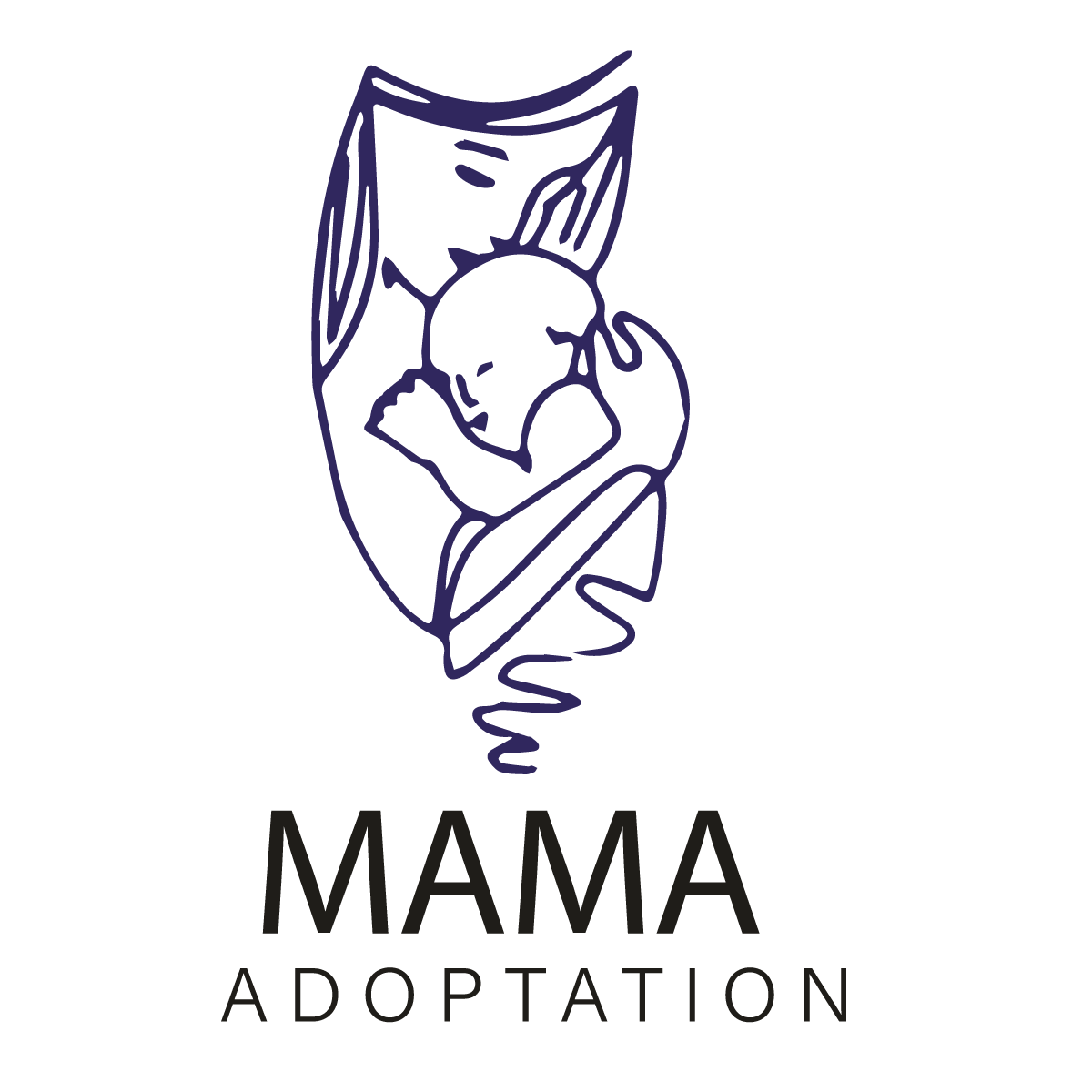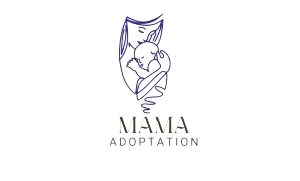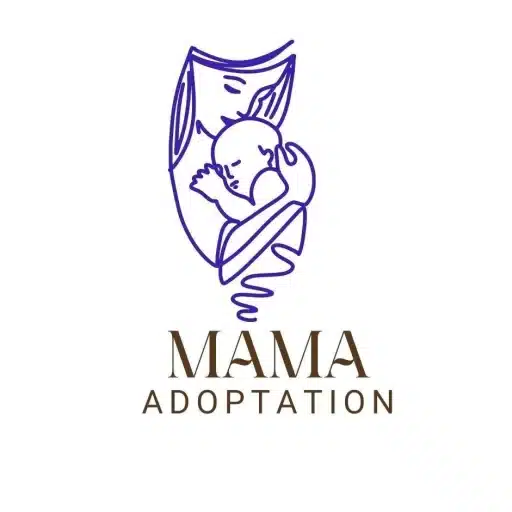Plastic number 6, also known as polystyrene (PS), is an ordinary plastic found in many everyday It’s used to make food containers, disposable cups and plates, protective packaging for electronics and other fragile items, and even building insulation. However, some people are concerned about certain items. the safety of using PS around babies because of its potential to release toxins into the environment.
When exposed to heat or light, PS can leach out chemicals called styrene monomers which have been linked to several health risks, including reproductive damage and cancer. Fortunately, some steps can be taken to reduce these risks while enjoying the many benefits of using PS. For example, it is essential not to microwave food in plastic containers made of PS or leave it in direct sunlight for extended periods.
What does the plastic number 6 mean?
Plastic Number 6 is a type of plastic that is used in a variety of different consumer goods and products. Understanding the meaning and importance of the number 6 in plastic can help consumers make better decisions when purchasing items.
Plastic Number 6, also known as polystyrene or Styrofoam, is a petroleum-based plastic that is highly durable and resistant to heat. It’s commonly used in food packaging, disposable cutlery, cups and plates, insulation materials, and medical equipment.
Consumers need to know the meaning of “plastic number 6,” so they can avoid using it if possible due to its potential health hazards. The chemical components of plastic Number 6 are potentially hazardous if ingested or inhaled over time.
Examples of plastic number 6:
Plastic Number 6, or polystyrene, is one of the most common plastics found in consumer products. It is a versatile material used to make everything from food containers to insulation foam. Polystyrene provides a lightweight yet the durable structure and has been widely adopted by manufacturers due to its low cost and versatility. Here are some examples of how the plastic number 6 is used in everyday items:
Packaging materials such as takeout containers, egg cartons, and disposable cups are often made from polystyrene for their lightweight and heat-resistant properties. Polystyrene can also be molded into shapes like cutlery or straws, making it an ideal choice for quick-serve restaurants. Additionally, polystyrene can create protective packaging for electronics or fragile items during shipping since it won’t easily deform under pressure.
Food containers made from polystyrene
Food containers made from polystyrene, or “plastic number 6,” are one of the most common products in our daily lives. This type of plastic is found in many single-use containers such as takeout boxes, cups, plates, and utensils. Polystyrene is a lightweight material that works well for packaging food because it’s easy to transport and keeps temperatures stable. It also has a long shelf life, making it ideal for storing leftovers or pre-made meals.
Unfortunately, polystyrene isn’t biodegradable and can’t be recycled like other plastics. These containers often end up in landfills, which can remain for centuries before breaking down into smaller pieces that wildlife could ingest or seep into groundwater supplies.
Is plastic number 6 reusable?
Plastic number 6 is used for many products, such as disposable dinnerware. It has become famous for affordable, lightweight, and durable materials. But the question remains – can plastic number 6 be reused?
Plastic number 6 is not generally considered reusable due to its fragility. As it is thinner than other plastics and more prone to cracking and breaking, it isn’t viable for repeated use. On top of this, food residue left on the surface can attract pests or cause bacterial growth, making it even less suitable for reuse.
Some companies have been experimenting with ways to recycle plastic number 6, but so far, there have yet to be known methods to guarantee the successful reuse of the material.
Is plastic number 6 biodegradable?
Whether plastic number 6 is biodegradable has been on many people’s minds for a long time. Plastic number 6, also known as polystyrene (PS), is a lightweight and inexpensive material commonly used in food containers, disposable cups, and packing materials. It is popular due to its low cost and ability to preserve foods without emitting harmful chemicals.
However, it’s essential to consider the environmental impact of this type of plastic when making purchasing decisions. Plastic number 6 does not break down easily in nature due to its molecular structure. Therefore it can remain in the environment for extended periods before eventually decomposing into smaller pieces of plastic or microplastics which are difficult to remove from ecosystems.
Can you recycle polystyrene?
Recycling plastic number 6, polystyrene, can be difficult but not impossible. Polystyrene is a lightweight and versatile Plastic commonly used for food containers, packing materials, and insulation.
Many people mistakenly believe this type of plastic cannot be recycled because it breaks down so easily. However, with some effort and education about the process, it is possible to recycle polystyrene responsibly.
Fortunately for those interested in properly disposing of their plastics number 6 items, some facilities accept recycling certain types of foam packaging or other products made from polystyrene. It’s essential to check with your local waste management authority to learn more about what they will accept when recycling this type of plastic material.
Baby products made from polystyrene:
Polystyrene, also known as plastic number 6, is a versatile and durable material used in many baby products. It’s lightweight, nonporous, and easy to clean, making it ideal for items that come into contact with your baby’s skin. From nursing pillows to bath time toys, polystyrene has become an increasingly popular choice for parents who want safe and long-lasting products.
For nurseries or playrooms, polystyrene furniture such as cribs or changing tables provides the perfect combination of comfort and safety for the baby. Its non-toxic properties protect it from any potential chemicals that may leach out over time, while its durability ensures it won’t chip or crack easily as other materials can. Polystyrene also offers a variety of colors, so you can find just the right tone to match your nursery décor.
Is plastic number 6 (PS) safe for babies?
Studies have been conducted over the years to evaluate the safety of plastic number 6, otherwise known as polystyrene (PS). It is a lightweight and inexpensive plastic material commonly used in food containers, disposable cups, and cutlery. But is it safe for babies?
Health professionals warn that certain plastics may contain chemical compounds that could leach into food or liquids stored inside them. Bisphenol A (BPA) and phthalates are the most common of these chemicals. However, there is no evidence to suggest that PS contains either chemical, making it much safer than other plastics.
It is important to note, though, that the safety of PS has yet to be fully established, and further research needs to be done on its potential health risks.
Can you microwave polystyrene?
Polystyrene, or plastic number 6, is a type of plastic commonly used to make foam containers, packaging materials, and even toys. While it’s helpful for many purposes, can you microwave polystyrene?
The answer depends on the type of polystyrene you have. If you are using rigid polystyrene products intended for food use, such as takeout containers and egg cartons, then they can be safely microwaved. These products will usually say “microwave safe” somewhere on the packaging.
However, if you’re using foam polystyrene not meant for food use, such as Styrofoam cups or packing peanuts, these should not be microwaved as they may melt and leach hazardous chemicals into your food. Be sure to check the product labeling before deciding whether or not it is safe to microwave.
Finding alternatives to plastic for your baby:
Plastic No. 6 has been a popular choice for parents to use when buying baby products. From bottles and sippy cups to teethers and toys, the convenience of plastic has been hard to beat. However, more and more people are becoming aware of the potential health hazards associated with using plastics that contain chemicals like BPA (bisphenol A) and phthalates. As a result, many parents are now looking for alternatives to plastic when buying products for their babies.
Fortunately, there is no shortage of options available today regarding finding safe, non-toxic alternatives for your baby’s needs. For example, glass bottles provide a great option that is durable and free from toxins.
Stainless steel cups and utensils:
Stainless steel cups and utensils have become famous for many households and businesses. This is partly because stainless steel is highly durable, long-lasting, and considered one of the safest materials. It can also help reduce Plastic waste as an alternative to Plastic Number 6 (Polystyrene), commonly used in single-use products such as foam cups and containers.
The benefits of using stainless steel over plastic are numerous. Stainless steel is a non-toxic material that won’t leach chemicals into your food or drinks; it’s 100% recyclable, doesn’t produce toxic gases when heated up, and has a much longer life span than plastic products. In addition, they are typically easy to clean with dish soap or a vinegar and water solution, making them a convenient option for busy families or restaurants.
Learn more about the other plastic numbers:
If you have ever needed clarification about the different types of plastics and the numbers associated with them, you are not alone. Plastic No. 6 is one of several categories that make up plastic polymers.
Often referred to as polystyrene or Styrofoam, this type of plastic is commonly used in food packaging, disposable cups and plates, protective packaging for appliances and electronics, and even construction insulation materials.
Plastic Number 6 is thermoplastic, which can quickly melt into a liquid form when heated. These polymers are formed by combining monomers such as styrene with other organic compounds like polychloroprene. This particular type of plastic has become popular due to its low cost and adaptability to many forms, including foam-like products, which provide cushioning for fragile items during shipping.
Conclusion:
Plastic number 6, or PS, is a widely used and affordable plastic that has become ubiquitous in our lives. While it may be safe for adult use, its potential danger to babies makes it wise to avoid using products made with it whenever possible.
You must check the labels of any products you are considering buying for your child and consult your doctor if you have any questions or concerns. Fortunately, many alternatives available on the market today are safer for young children.
Read more…








